
The Museum of Natural history is one of the hidden gems of Florence
When most people think of Florence, they picture Michelangelo’s David, the Uffizi Gallery, or the magnificent Duomo. But tucked quietly behind the Pitti Palace lies one of the city’s most unusual — and fascinating — attractions: the Museum of Natural History, better known as La Specola.
This hidden gem of Florence is unlike any other museum in the city. Inside, you’ll find a captivating mix of zoological specimens, intricate anatomical wax models, and even a haunting room of skeletons. If you’re looking for one of the more unusual things to do in Florence, La Specola is a must-see.
A Brief History of La Specola
The story of La Specola begins centuries ago with the Medici family, whose passion for collecting extended far beyond art. Generations of the Medicis gathered fossils, minerals, exotic plants, and rare animals — all part of their fascination with the natural world.
In 1775, these collections were moved into a set of elegant buildings near the Pitti Palace, forming what became known as La Specola ("The Observatory"). It was Europe’s first public science museum and, for decades, the only one of its kind. Visitors could explore the wonders of nature during set opening hours — a groundbreaking concept for the 18th century.
Today, the museum remains one of the most intriguing historical attractions in Florence, offering a rare glimpse into the intersection of science, art, and curiosity.
Inside La Specola: What You’ll See
The Museum of Natural History Florence is divided into two main sections:
- The Zoology Halls – 24 rooms filled with meticulously preserved animal specimens, including now-extinct species.
- The Anatomical Wax Collection – 10 rooms showcasing eerily lifelike human models crafted from wax in the 17th and 18th centuries.
The zoology exhibits are a delight for animal lovers and science enthusiasts alike. Don’t miss the famous 17th-century hippopotamus, said to have been a gift to the Grand Duke of Tuscany and once housed in the Boboli Gardens. From exotic birds to massive mammals, every display captures the early spirit of exploration and discovery.
The Wax Anatomy Collection: Science Meets Art
The wax models are what make La Specola truly unforgettable. Originating in Florence with the artist-scientist Ludovico Cigoli (1559–1613), this craft was perfected in the 18th century when medical schools used wax replicas to study human anatomy without dissecting cadavers.
Each figure was created through an extraordinary process: plaster casts were taken from real human bodies, wax was poured into the molds, and each organ was painstakingly painted and varnished. The parts were then assembled into full anatomical figures — with muscles, veins, and tissues reproduced in chillingly realistic detail.
The result is both artistic and unsettling. Standing before these glistening figures, you can almost sense the intense curiosity that drove Renaissance scientists to uncover the mysteries of the human body.
Gallery
The Room of Skeletons
Among La Specola’s most haunting (and strangely beautiful) spaces is the Room of Skeletons — a lesser-known highlight. This atmospheric gallery displays an astonishing array of real animal skeletons, from tiny birds to towering elephants and whales, and human skeletons of a man, woman and child.
Each skeleton tells a story of evolution, adaptation, and the scientific passion of early naturalists who worked tirelessly to preserve and classify the wonders of the natural world.
A Tribute to Galileo
No visit to La Specola is complete without seeing the Tribune of Galileo. Designed in 1841 by Giuseppe Martelli, this elegant chamber celebrates Tuscany’s most famous scientist, Galileo Galilei. His instruments are displayed beneath frescoes and marble inlays depicting Italy’s greatest scientific discoveries, from the Renaissance through to modern times.
It’s a breathtaking reminder that Florence’s legacy is not only artistic but also deeply scientific.
The Venus Collection: Beauty Meets the Macabre
If there’s one exhibit that captures the essence of La Specola, it’s the Venus Room. These wax figures of reclining nude women — serene yet dissected — are among the museum’s most infamous and unforgettable displays.
Created as anatomical studies, they combine sensual beauty with raw scientific realism. The Marquis de Sade was reportedly captivated by them during his 18th-century visit. Today, they continue to fascinate (and unsettle) visitors from around the world.
Plan Your Visit to La Specola
Address: Via Romana, 17, Florence
Opening Hours: Tuesday – Sunday, 9:30 a.m. – 4:30 p.m.
Tickets:
- Adults – €10
- Children (6–14) & Seniors (65+) – €5
- Children under 6 – Free
Phone: +39 055 205 5930
Why Visit La Specola?
La Specola is one of the most unique museums in Florence — a place where art meets science, and curiosity meets the macabre. Whether you’re exploring Florence for the first time or returning for a deeper dive, this extraordinary museum offers something completely different from the city’s grand cathedrals and art galleries.
If you love hidden gems, weird museums, or simply want to experience the more curious side of Florence’s history, La Specola deserves a top spot on your itinerary.


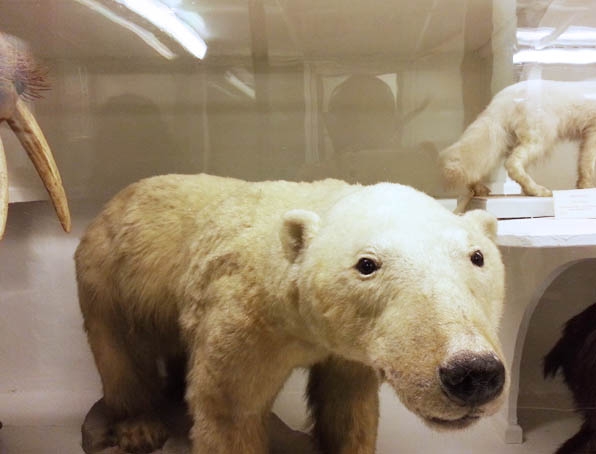
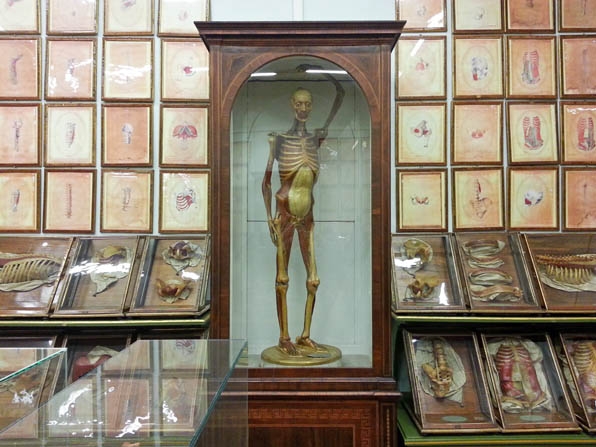
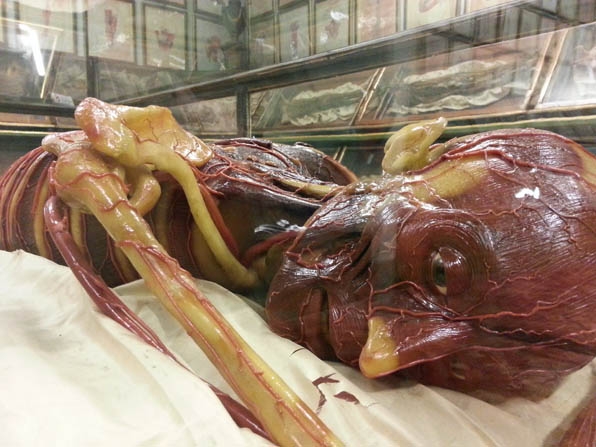
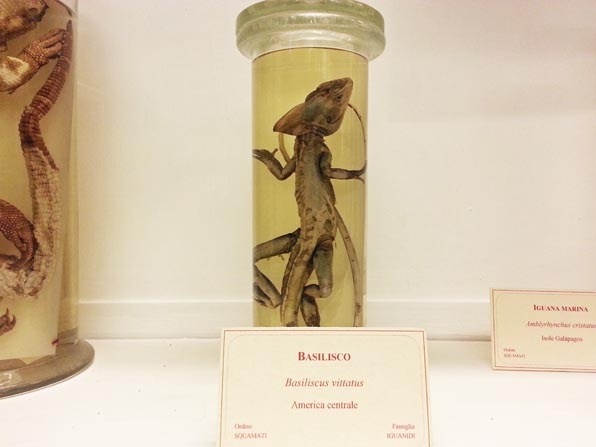
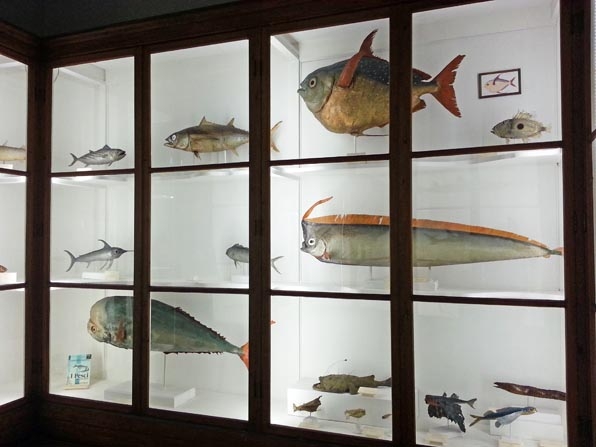
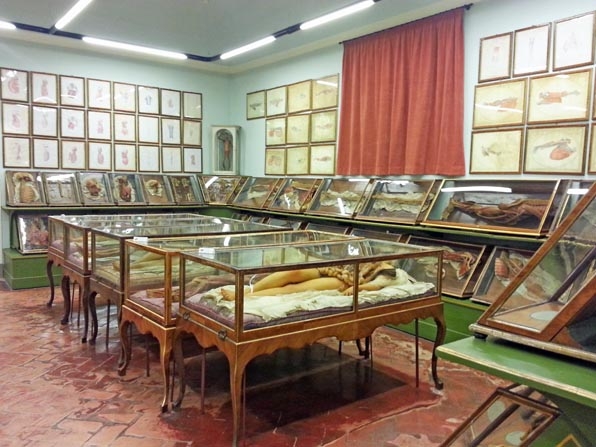
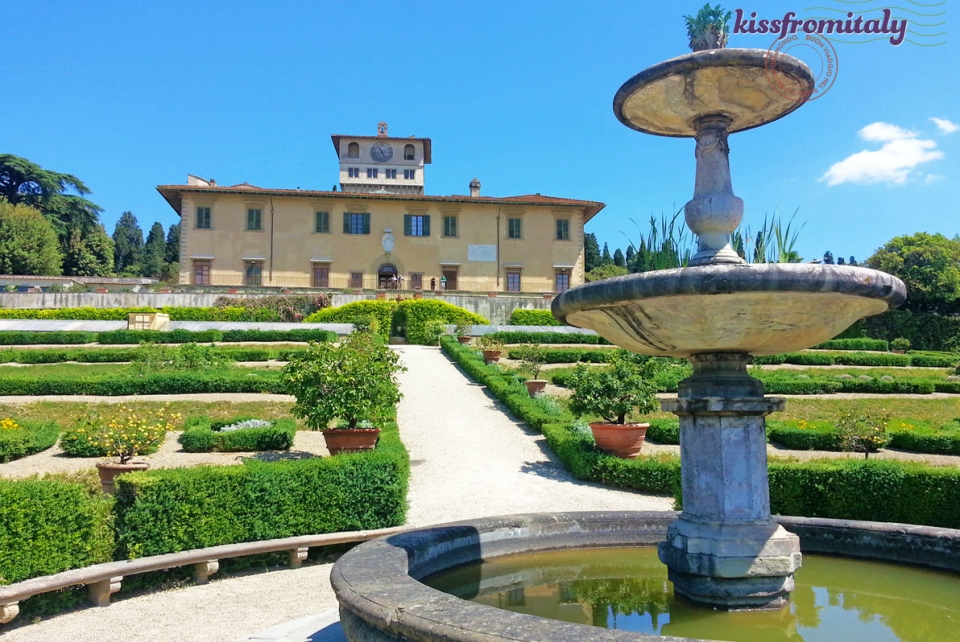

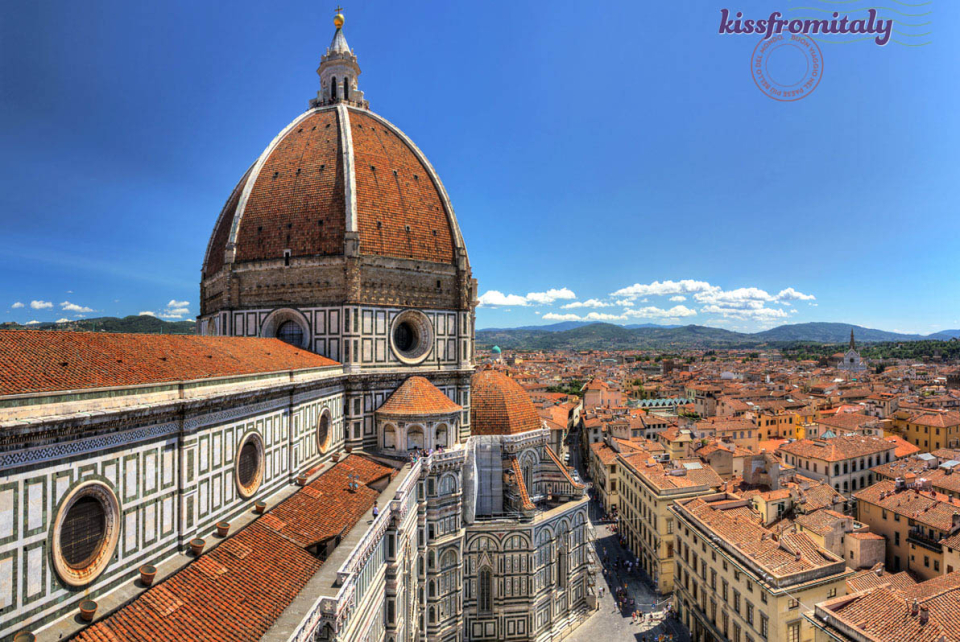
.jpg)